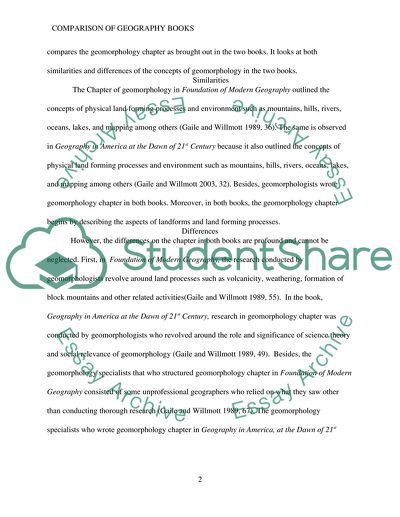Cite this document
(“Foundation of Modern Geography and Geography in America at the Dawn of Book Report/Review - 1”, n.d.)
Foundation of Modern Geography and Geography in America at the Dawn of Book Report/Review - 1. Retrieved from https://studentshare.org/geography/1765002-summary-of-chapters-between-the-two-editions-compare-and-contrast
Foundation of Modern Geography and Geography in America at the Dawn of Book Report/Review - 1. Retrieved from https://studentshare.org/geography/1765002-summary-of-chapters-between-the-two-editions-compare-and-contrast
(Foundation of Modern Geography and Geography in America at the Dawn of Book Report/Review - 1)
Foundation of Modern Geography and Geography in America at the Dawn of Book Report/Review - 1. https://studentshare.org/geography/1765002-summary-of-chapters-between-the-two-editions-compare-and-contrast.
Foundation of Modern Geography and Geography in America at the Dawn of Book Report/Review - 1. https://studentshare.org/geography/1765002-summary-of-chapters-between-the-two-editions-compare-and-contrast.
“Foundation of Modern Geography and Geography in America at the Dawn of Book Report/Review - 1”, n.d. https://studentshare.org/geography/1765002-summary-of-chapters-between-the-two-editions-compare-and-contrast.


